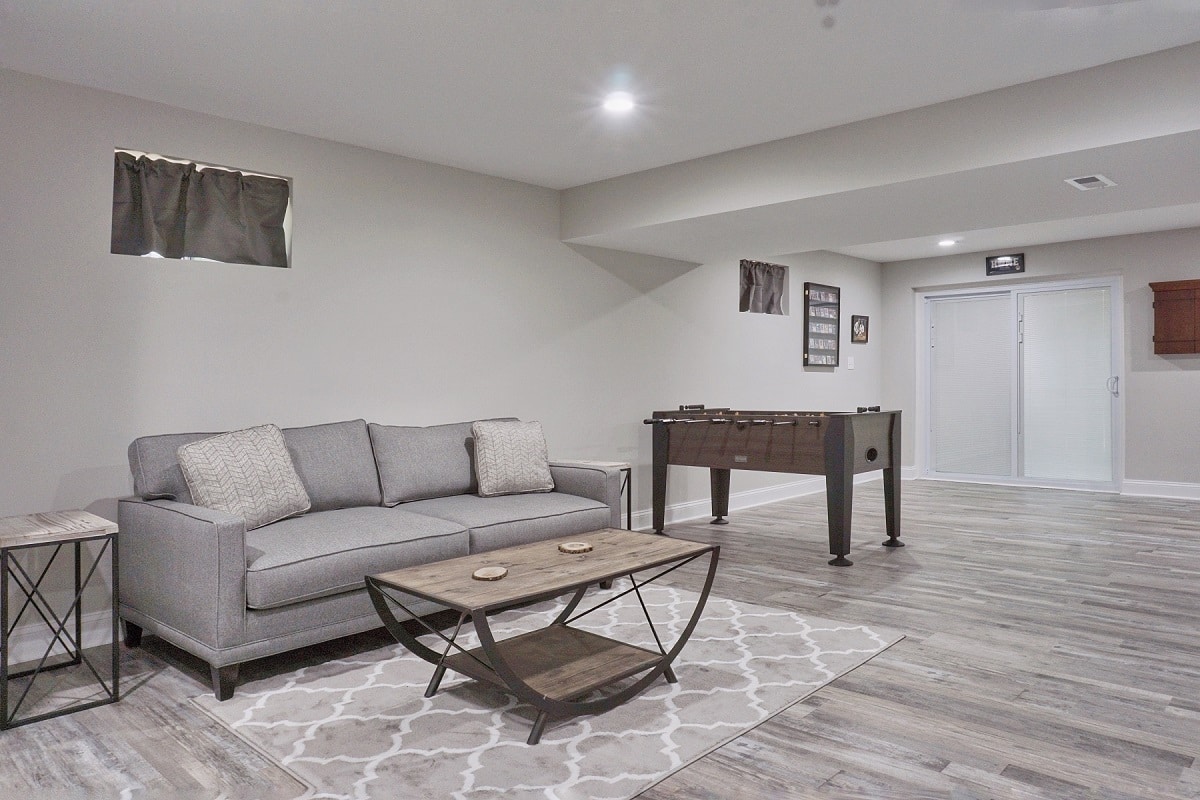

Articles
How To Decorate Your Basement
Modified: October 20, 2024
Discover expert tips and ideas for transforming your basement into an inviting and stylish living space with our collection of informative articles.
(Many of the links in this article redirect to a specific reviewed product. Your purchase of these products through affiliate links helps to generate commission for Storables.com, at no extra cost. Learn more)
Introduction
Welcome to the world of basement decorating! Your basement doesn’t have to be a dark and dreary space. With a little creativity and some careful planning, you can transform your basement into a functional and inviting area that adds value and style to your home.
A well-decorated basement can serve as an extension of your living space and provide you with extra room for various activities. Whether you want to create a cozy entertainment area, a home office, a playroom for the kids, or a guest suite, the possibilities are endless with the right design and decor choices.
Before diving into the decorating process, it’s important to consider a few key factors. Take the time to assess the size and layout of your basement, making note of any architectural elements, such as pipes or support beams, that may need to be incorporated into your design plan. Additionally, consider the function you want your basement to serve and your personal style preferences. This will guide you in selecting the right theme, colors, and furniture for your space.
In this article, we’ll explore the essential steps and ideas to help you create a beautifully decorated basement that suits your needs and reflects your unique style. From choosing a theme to selecting flooring options, lighting techniques, wall treatments, furniture, storage solutions, and decorative accessories, we’ll cover it all.
So, let’s get started on this exciting journey of turning your basement into a stunning and functional space that you and your family will love to spend time in.
Key Takeaways:
- Transform your basement into a functional and inviting space by carefully planning and infusing your personal style. Consider themes, flooring, lighting, furniture, and storage to create a stunning and versatile area.
- Incorporate entertainment features and decorative accessories to add personality and fun to your basement. From home theaters to gaming zones, the possibilities are endless for creating a space that reflects your interests and promotes relaxation.
Read more: How To Heat Your Basement
Choosing a Theme
Choosing a theme for your basement is the first step in creating a cohesive and visually appealing space. The theme will set the tone for the entire design and influence your decor choices. Consider the function of your basement and your personal preferences when selecting a theme.
If you’re looking to create a relaxing retreat, consider a spa or zen-inspired theme. Soft colors, natural materials, and calming elements like water features or meditation spaces can help you achieve a serene atmosphere.
For a more vibrant and energetic space, consider a sports or game room theme. Display your favorite team jerseys or sports memorabilia, and incorporate game tables and comfortable seating for watching games or hosting friendly competitions.
If you’re a movie buff, a home theater theme might be perfect for you. Install a large screen or projector, surround sound speakers, and comfortable theater-style seating. Decorate the space with movie posters and popcorn machines to create an authentic cinema experience.
If you want a versatile space that can be easily transformed for different purposes, a neutral theme might be the way to go. Neutral colors, such as whites, grays, and beiges, can create a clean and modern look that can be customized with different furniture and decor pieces as needed.
Remember, the theme you choose should reflect your interests and the intended use of the space. It’s important to create a space that you enjoy and that meets your specific needs.
Once you’ve selected a theme, use it as a guiding principle for your decor choices. Consider incorporating elements and colors that align with your chosen theme, such as artwork, fabrics, and accessories. This will help create a cohesive and well-designed basement that feels intentional and thoughtfully curated.
Now that you have a theme in mind, let’s move on to selecting the right flooring options for your basement.
Flooring Options
When it comes to choosing flooring for your basement, it’s important to consider both functionality and style. Basements are prone to moisture and humidity, so selecting the right type of flooring is crucial to prevent damage and ensure longevity.
One popular flooring option for basements is tile. Ceramic or porcelain tiles are durable, easy to clean, and resistant to moisture. They come in a variety of styles, colors, and patterns, allowing you to create a customized look that suits your taste. Additionally, tiles can help keep the basement cool during hot summer months.
Another option to consider is vinyl flooring. Vinyl is a cost-effective and water-resistant choice that mimics the look of hardwood or tile. It’s available in a wide range of styles and colors, making it easy to find a design that matches your basement’s theme. Vinyl is also comfortable underfoot and provides some insulation, making it a popular choice for basement playrooms or family rooms.
If you prefer the warmth and beauty of hardwood, engineered wood flooring might be the best option for your basement. Engineered wood is specifically designed to withstand moisture and fluctuations in temperature, making it a suitable choice for below-grade spaces. However, it’s important to install a moisture barrier and monitor humidity levels to prevent damage to the wood.
Carpet is also a popular choice for basements, especially in areas where you want to create a cozy and comfortable atmosphere. Look for carpet tiles or low-pile carpets that are easy to clean and resistant to moisture. Additionally, consider using a moisture barrier under the carpet to provide an extra layer of protection.
Ultimately, the flooring option you choose will depend on your personal preferences, budget, and the specific needs of your basement. It’s a good idea to consult with a professional to assess the condition of your basement and determine the best flooring option that suits your requirements.
Now that you have considered the flooring options, it’s time to move on to explore different lighting techniques for your basement.
Lighting Techniques
Proper lighting is key to creating the right ambiance and functionality in your basement. Since basements often have limited natural light, it’s important to strategically design your lighting to brighten up the space and make it feel warm and inviting.
One of the most effective lighting techniques for basements is recessed lighting. Installing recessed lights in the ceiling can provide a clean and modern look while evenly distributing light throughout the room. Positioning the lights strategically can help minimize shadow and brighten up the entire space.
If you want to add a touch of elegance and sophistication to your basement, consider incorporating pendant lights. Pendant lights hang from the ceiling and can serve as both a functional and decorative lighting solution. Use them above a dining table, kitchen island, or seating area to create a focal point and add visual interest to the space.
Another way to enhance the ambiance in your basement is by using wall sconces. Wall sconces are mounted on the walls and can provide a soft and indirect lighting effect. They can be used to highlight artwork, create a cozy reading nook, or add a touch of elegance to a hallway or staircase.
In addition to general and accent lighting, task lighting is crucial in areas where specific activities will take place. For example, if you have a home office or a hobby area in your basement, consider incorporating table lamps or under-cabinet lighting to provide ample illumination for tasks.
It’s also important to consider the color temperature of the light bulbs you choose. Warm white light (around 2700K-3000K) can create a cozy and inviting atmosphere, while cool white light (around 4000K-5000K) can provide a brighter and more energizing feel. Consider using dimmer switches to control the intensity of the lighting and create different moods in your basement.
Incorporating natural light into your basement is also possible through the use of egress windows or glass doors. These not only allow more light to enter the space but also provide an additional means of escape in case of an emergency.
By combining different lighting techniques and sources, you can create a well-lit and visually appealing basement that meets your specific needs. Now that you have considered the lighting options, it’s time to explore various wall treatments to complement your basement’s design.
Wall Treatments
When it comes to wall treatments, there are numerous options to consider for adding texture, color, and style to your basement. The right wall treatment can transform the look and feel of the space, making it more inviting and visually appealing.
One popular choice for basement walls is paint. Painting your walls is a cost-effective and versatile option that allows you to easily change the color as trends and preferences evolve. Choose light or neutral colors to help brighten up the space and make it feel more open. Alternatively, if you want to create a cozy and intimate atmosphere, consider using darker shades or bold accent walls to add drama and depth.
Another option to consider is wallpaper. Wallpaper comes in a wide range of patterns, textures, and colors, allowing you to add personality and visual interest to your basement. Opt for vinyl or washable wallpaper, as they are more resistant to moisture and easier to clean. Wallpaper can be used on an entire wall or as a statement wall to create a focal point in the space.
If you want to go for a more rustic or industrial look, consider using exposed brick or stone veneer on your basement walls. These natural elements add texture and character, creating a unique and timeless aesthetic. Whether you choose real brick or faux options, always consult with a professional to ensure proper installation and address any structural concerns.
For a sleek and modern look, consider installing wall panels or wood planks. Wall panels can be made from a variety of materials, such as PVC, plywood, or MDF, and they come in various styles, from smooth and minimalist to textured and detailed. Wood planks, on the other hand, can add warmth and a touch of nature to your basement.
Another creative option is to incorporate decorative wall tiles. From subway tiles to mosaic patterns, wall tiles can add a pop of color and visual interest to your basement. They are also durable and easy to clean, making them ideal for areas prone to moisture.
Don’t forget to consider the practicality of the wall treatment you choose. Since basements tend to have a higher risk of moisture, make sure to select materials that are resistant to water damage and can withstand the conditions of a below-grade space.
Ultimately, the type of wall treatment you choose will depend on your personal style and the overall theme of your basement. Experiment with different options and consult with professionals to ensure proper installation and maintenance.
Now that you have explored wall treatments, it’s time to dive into selecting furniture for your basement.
Furniture Selection
Choosing the right furniture for your basement is essential in creating a functional and comfortable space. The furniture you select should not only complement your basement’s theme and style but also serve the specific purposes you have in mind for the area.
Start by determining the main activities you plan to use your basement for. If you want to create a cozy entertainment area, consider investing in a comfortable sofa or sectional and some plush chairs. Add a coffee table or ottoman for a convenient surface to place snacks and drinks while enjoying movies or spending time with family and friends.
If your basement will be used as a home office, invest in a spacious desk and an ergonomic chair that provides comfort and support during long working hours. Consider adding storage solutions such as bookshelves or file cabinets to keep your workspace organized and clutter-free.
For a basement playroom, prioritize safety, versatility, and storage. Look for furniture pieces that are easy to clean, durable, and have rounded edges to prevent accidents. Consider incorporating a table and chairs for crafts or homework, and utilize storage solutions such as shelves, crates, or toy bins to keep the space tidy and organized.
If you plan on using your basement as a guest suite, opt for a comfortable bed or a pull-out sofa to accommodate overnight guests. Don’t forget to provide storage solutions like dressers or wardrobes to give your guests a space to store their belongings.
In addition to functionality, focus on the style and design of the furniture to create a cohesive look. Whether you prefer a modern, contemporary, rustic, or traditional style, choose furniture pieces that align with your basement’s overall theme. Consider the size and scale of the furniture to ensure it fits well in the space and allows for comfortable movement.
If your basement has limited headroom, consider furniture with a lower profile to create the illusion of more space. Opt for multipurpose furniture, such as storage ottomans or sofa beds, that can serve more than one function and maximize the utility of your basement.
Before purchasing furniture, take precise measurements of your basement to ensure that the pieces you choose fit appropriately. Keep in mind any architectural elements, such as support beams or electrical outlets, that may impact furniture placement.
Lastly, don’t forget about comfort and coziness. Add soft and plush textures with pillows, throws, and area rugs to make your basement feel inviting and warm.
Now that you have selected the furniture, let’s move on to creating a functional and well-organized space in your basement.
Consider using light, neutral colors for the walls and floors to brighten up the space. Add plenty of lighting, including floor lamps and recessed lighting, to make the basement feel more inviting and spacious.
Creating a Functional Space
Creating a functional space in your basement is crucial to ensure that it meets your specific needs and serves its intended purpose. Whether you want to optimize your basement for relaxation, work, play, or hosting guests, thoughtful planning and organization are key.
Start by carefully considering the layout of your basement and how you can best utilize the available space. Determine the different zones or areas you want to incorporate, such as a seating area, a workspace, a play corner, or a dining space. This will help you determine how to arrange furniture, designate storage areas, and optimize the flow of the room.
When planning the layout, consider the placement of windows, doors, and architectural features, as well as the locations of electrical outlets and HVAC systems. Ensure there is adequate space for movement and that furniture and equipment are positioned in a way that doesn’t obstruct pathways or access to essential utilities.
Storage is often a challenge in basements, so make sure to incorporate efficient storage solutions to keep the space organized and clutter-free. Consider adding shelves, cabinets, or built-in storage units to maximize vertical space and create designated areas for items such as toys, books, office supplies, or seasonal decorations. Utilize storage bins, baskets, and labeled containers to keep smaller items neat and easy to find.
Functionality in a basement also includes considering the acoustics and privacy of the space. If you plan on using your basement for activities that generate noise, such as music practice or gaming, consider soundproofing the walls or installing acoustic panels to minimize sound transmission to the rest of the house. If privacy is a concern, consider adding curtains, room dividers, or privacy screens to create separate zones or provide visual separation between different areas.
Don’t forget to also incorporate adequate lighting solutions to ensure a well-lit and functional space. As mentioned earlier, use a combination of recessed lighting, pendant lights, wall sconces, and task lighting to create the desired ambiance and provide adequate illumination for different activities.
Lastly, consider the comfort and accessibility of your basement. Ensure that seating is comfortable, desks and tables are at the right height, and there is sufficient lighting for reading or working. If your basement has a bathroom or kitchenette, ensure they are well-maintained and easily accessible for guests or family members.
By carefully planning and organizing your basement, you can create a functional space that not only meets your needs but enhances your everyday life. Next, we will explore storage solutions to help you keep your basement organized and clutter-free.
Storage Solutions
Proper storage solutions are essential in keeping your basement organized, maximizing space, and reducing clutter. With the right storage solutions, you can create a functional and tidy environment that allows for easy access to your belongings. Here are some storage ideas to consider for your basement:
1. Shelving Units: Install sturdy freestanding or wall-mounted shelves to maximize vertical space. Use them to store items like books, games, decor, or storage bins. Adjustable shelves allow you to customize the height and configurations according to your needs.
2. Cabinets and Drawers: Incorporate cabinets and drawers for concealed storage. This is especially useful if you want to store items that you don’t want to be visible or if you need secure storage for valuable belongings. Consider using cabinets with built-in locks or childproof features if necessary.
3. Storage Bins and Containers: Use clear plastic storage bins and containers to organize and store items such as seasonal clothing, holiday decorations, or toys. Label the bins to easily identify the contents and stack them neatly on shelves or in designated storage areas.
4. Wall Hooks and Pegboards: Install wall hooks or pegboards to hang items like tools, outdoor gear, or even bicycles. This helps to keep these items off the floor, making more space available and allowing for easy access. Consider using different sizes and varieties of hooks to accommodate different items.
5. Built-in Cabinets and Closets: If you have the space and budget, consider incorporating built-in cabinets and closets. Custom-built storage solutions can maximize space and provide a seamless look. You can design them to fit your specific needs, such as a dedicated craft storage area or a wine cellar.
6. Overhead Storage: Utilize the space near the ceiling by installing overhead storage racks or suspended shelving. This is a great option for storing items that are not frequently used, such as seasonal decorations or camping gear.
7. Furniture with Hidden Storage: Choose furniture pieces that offer hidden storage compartments, such as ottomans, coffee tables, or media consoles. These dual-purpose pieces provide a stylish way to store items while keeping them easily accessible.
8. Wall-Mounted Organizers: Use wall-mounted organizers like pegboards, hooks, or magnetic strips to store smaller items such as tools, craft supplies, or kitchen utensils. This not only saves space but also allows you to have a clear view of your belongings.
Remember to declutter regularly and donate or discard items that you no longer need or use. This will help keep your storage solutions efficient and prevent unnecessary accumulation of clutter.
By incorporating these storage solutions into your basement, you can create an organized and functional space that maximizes storage capacity without sacrificing style or accessibility.
Now that you have explored storage ideas, let’s discuss how to add personality to your basement with decorative accessories.
Adding Personality with Decorative Accessories
Decorative accessories play a crucial role in adding personality and style to your basement. They can elevate the overall aesthetic, create a cohesive look, and make the space feel more inviting and personalized. Here are some ideas for adding decorative accessories to your basement:
1. Artwork and Wall Decor: Hang artwork, photographs, or prints on the walls to add visual interest and express your personal taste. Choose pieces that complement your basement’s theme or color scheme. Mix and match different sizes and styles to create a gallery wall or focal point.
2. Throw Pillows and Blankets: Add an extra layer of comfort and style with throw pillows and blankets. Choose colors, patterns, and textures that coordinate with your basement’s theme or furniture. They not only enhance the visual appeal but also provide coziness and warmth.
3. Area Rugs: Define specific areas or zones in your basement with the help of area rugs. Choose rugs that match your overall design and provide comfort underfoot. They can add texture, color, and warmth to the space while delineating different functional areas.
4. Plants and Greenery: Bring a touch of nature and freshness to your basement by incorporating indoor plants and greenery. Consider low-maintenance options that thrive well in low-light environments. Plants not only add visual interest but also improve air quality and create a calming atmosphere.
5. Decorative Lighting: Use decorative lighting fixtures to enhance the ambiance and add a statement piece to your basement. From unique pendant lights to stylish chandeliers, the right lighting can become a focal point in the space and add a touch of elegance or flair.
6. Mirrors: Mirrors can make your basement feel more spacious and reflect natural or artificial light to brighten up the area. Consider adding mirrors in strategic locations to create the illusion of depth and amplify the light in the space. Choose decorative mirrors that match your aesthetic preferences and complement your overall design.
7. Candles and Scented Diffusers: Incorporate candles or scented diffusers to create a pleasant aroma and cozy ambiance in your basement. Select scents that align with the mood and purpose of the space. Candle holders or decorative trays can also add a stylish touch while keeping the candles organized.
8. Decorative Storage Solutions: Opt for decorative storage solutions like woven baskets, decorative boxes, or stylish bins. These not only provide functionality but also add a decorative element to the space. Arrange them on shelves, under tables, or on display to keep your belongings organized and visually appealing.
Remember, personalization is key when it comes to decorative accessories. Select items that resonate with your style, interests, and hobbies. The goal is to create a basement that reflects your personality and makes you feel at home.
Now that you have learned ways to enhance your basement’s aesthetics, let’s explore how to incorporate entertainment features into the space.
Read more: How To Clean Your Basement
Incorporating Entertainment Features
When it comes to designing your basement, incorporating entertainment features can take your space to the next level. Whether you want to create a fun gathering area or a dedicated entertainment zone, there are plenty of options to consider. Here are some ideas for incorporating entertainment features into your basement:
1. Home Theater System: Create a cinematic experience by installing a home theater system in your basement. Invest in a large, high-definition television or projector and surround sound speakers. Arrange comfortable seating, such as recliners or a plush sectional, to mimic the cozy atmosphere of a movie theater. Add blackout curtains or shades to control the lighting and create an authentic theater experience.
2. Gaming Zone: Design a dedicated gaming area for video game enthusiasts. Set up a gaming console, such as an Xbox or PlayStation, and a comfortable gaming chair. Consider adding shelves or a specialized console stand to display games and controllers. Enhance the gaming experience by incorporating sound systems or gaming-specific accessories, such as virtual reality headsets or racing simulators.
3. Bar or Mini Kitchenette: Create a gathering spot by installing a mini bar or kitchenette in your basement. This feature allows you to entertain guests and serve refreshments without having to go upstairs. Install a sink, mini-fridge, and countertop space for preparing drinks or snacks. Add bar stools or a small dining table for seating.
4. Pool or Game Table: Install a pool table, foosball table, ping pong table, or any other game table that suits your interests. These game tables provide entertainment and friendly competition for family and friends. Ensure that you have enough space around the table for players to move and play comfortably.
5. Exercise Area: If you are passionate about fitness, consider creating an exercise area in your basement. Install gym equipment such as treadmills, exercise bikes, or weightlifting machines. Add mirrors to create the illusion of more space and make your workouts more enjoyable. Incorporate rubber flooring to absorb impact and reduce noise.
6. Music Corner: If you are a music lover or enjoy playing musical instruments, create a dedicated music corner in your basement. Set up a sound system, speakers, or a record player to enjoy your favorite tunes. Display your instruments, such as guitars or keyboards, on wall-mounted hooks or stands as artwork. Consider adding comfortable seating or bean bags for relaxation and jam sessions.
7. Board Game Area: Design a space for board games and card games. Consider adding a large table or multiple smaller tables for gaming. Store board games and cards in organized shelves or cabinets for easy access. Provide comfortable seating, such as chairs or bean bags, for extended gaming sessions.
8. Virtual Reality Room: Create a virtual reality (VR) room for an immersive gaming experience. Set up a VR headset and equipment in a designated space. Ensure the area is free of obstacles and has enough room for movement. Add padded flooring or soft mats to enhance safety and prevent injuries during VR sessions.
Remember, when incorporating entertainment features in your basement, consider the specific interests and hobbies of yourself and your family. Choose options that align with your preferences and create a space that promotes fun and relaxation. By carefully designing your entertainment features, your basement will become a favorite destination for entertainment and enjoyment.
Now that you have explored various ways to incorporate entertainment features, it’s time to wrap up our journey in creating a stunning and functional basement.
Conclusion
Congratulations on your journey to creating a stunning and functional basement! By following the steps outlined in this article, you are well on your way to transforming your basement into a space that reflects your style, meets your needs, and adds value to your home.
From choosing a theme to selecting the right flooring, lighting, wall treatments, furniture, storage solutions, decorative accessories, and entertainment features, every decision you make contributes to the overall success of your basement project.
Remember, careful planning, organization, and attention to detail are key throughout the process. Take the time to assess your space, consider its limitations and unique characteristics, and design a layout that maximizes functionality and flow.
Infuse your personality and style into the space through the choice of colors, textures, and decorative elements. Whether you prefer a cozy retreat, a vibrant game room, a professional home office, or a versatile multi-purpose space, tailor your basement to suit your lifestyle and preferences.
During the design and decorating process, don’t forget to prioritize comfort, accessibility, and safety. Ensure that your furniture is comfortable, lighting is adequate, and storage solutions are efficient. Consider incorporating safety measures such as proper lighting, handrails, and fire safety equipment to create a secure and well-protected space.
By investing time, effort, and creativity into your basement, you have the opportunity to add a valuable and functional extension to your home. Whether you plan to use it for family gatherings, entertainment, work, relaxation, or hosting guests, your basement can become a cherished part of your living space.
As you bring your basement project to fruition, enjoy the process and allow your creativity to shine. Seek inspiration, consult professionals if needed, and trust your instincts in making design decisions.
Now, armed with the knowledge and ideas presented in this article, it’s time to embark on your basement transformation. Be proud of your accomplishments as you create a space that not only reflects your personal style but also enhances your daily life.
Best of luck with your journey, and may your newly decorated basement bring you endless joy, relaxation, and cherished memories!
Frequently Asked Questions about How To Decorate Your Basement
Was this page helpful?
At Storables.com, we guarantee accurate and reliable information. Our content, validated by Expert Board Contributors, is crafted following stringent Editorial Policies. We're committed to providing you with well-researched, expert-backed insights for all your informational needs.
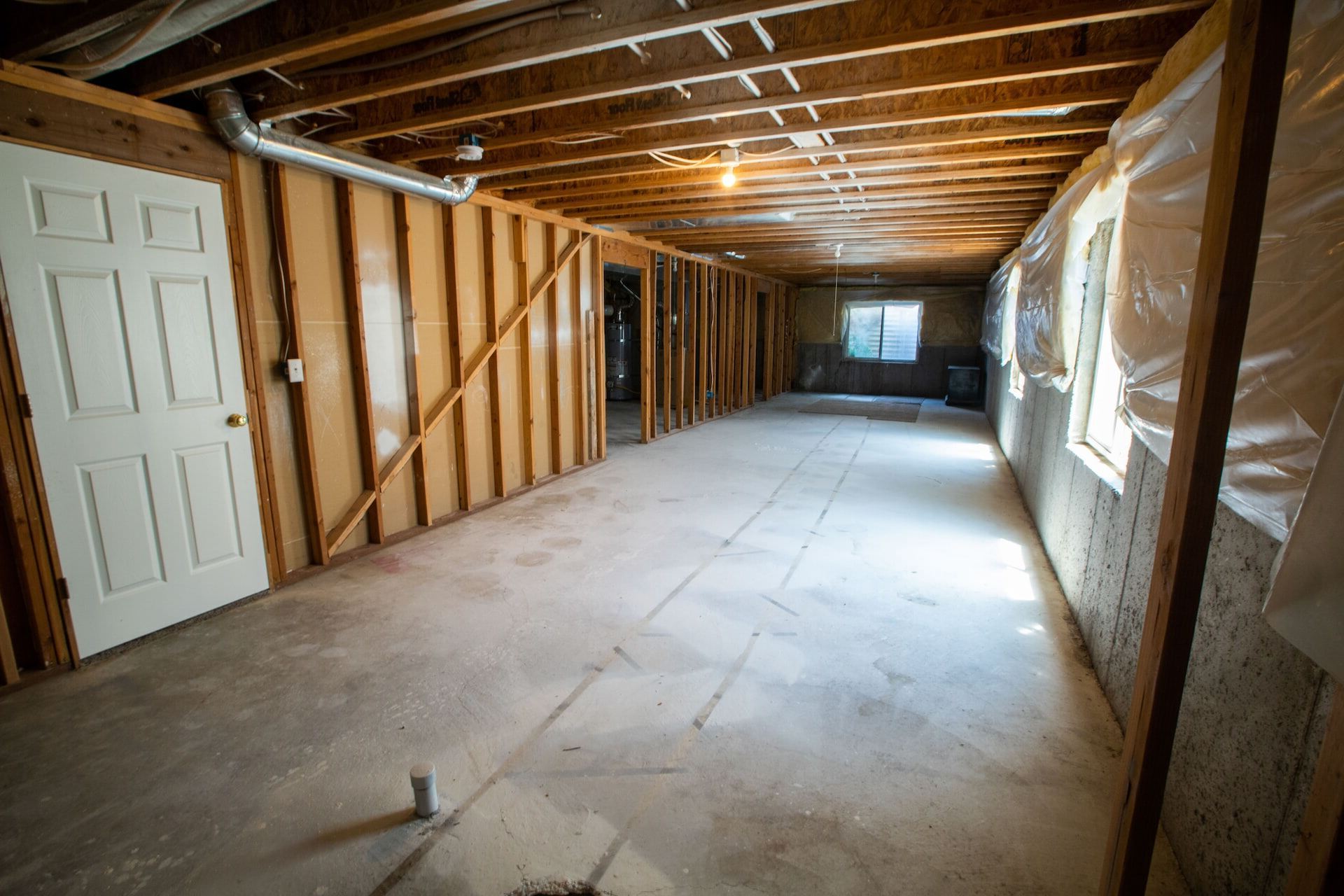
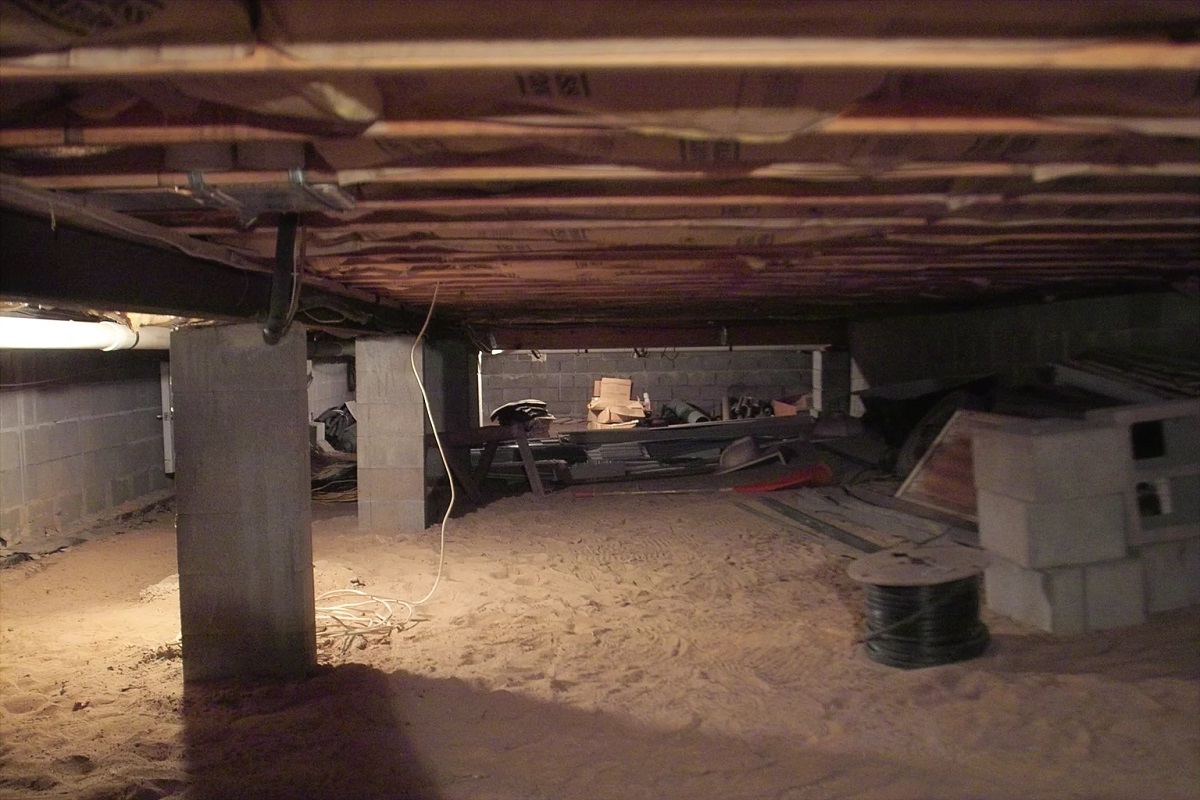
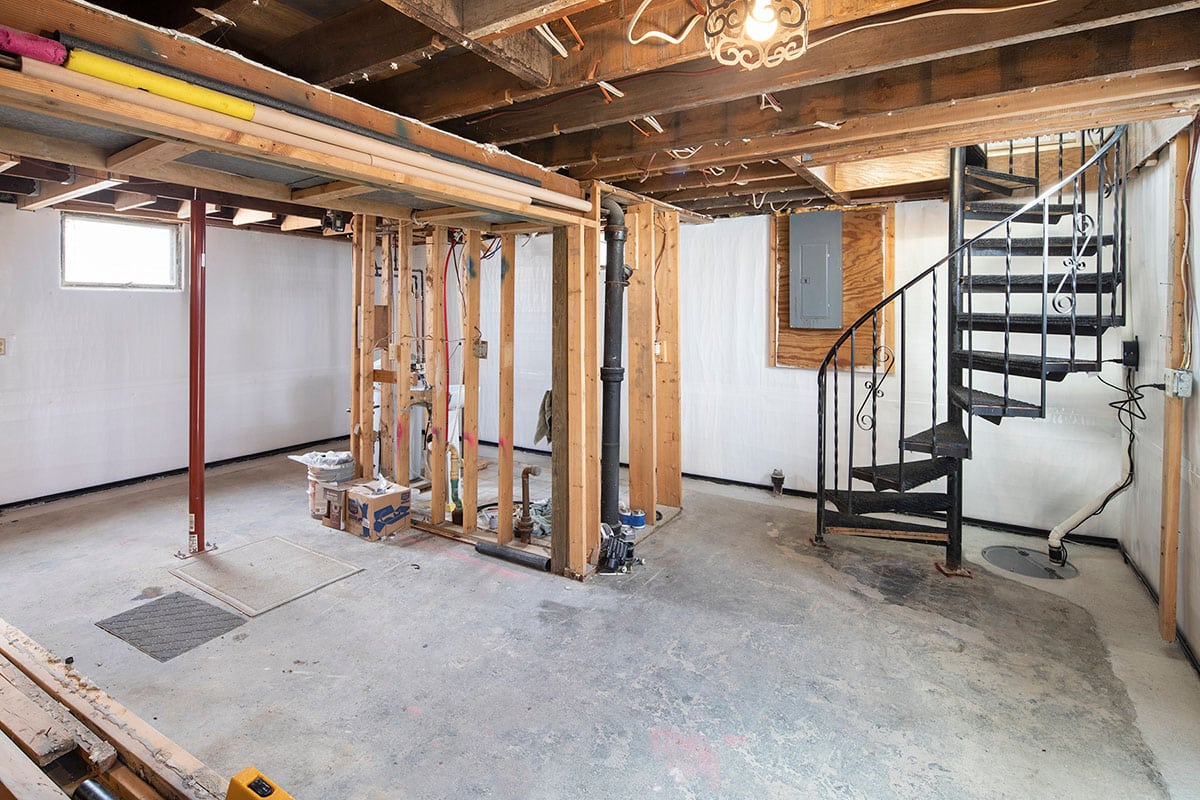
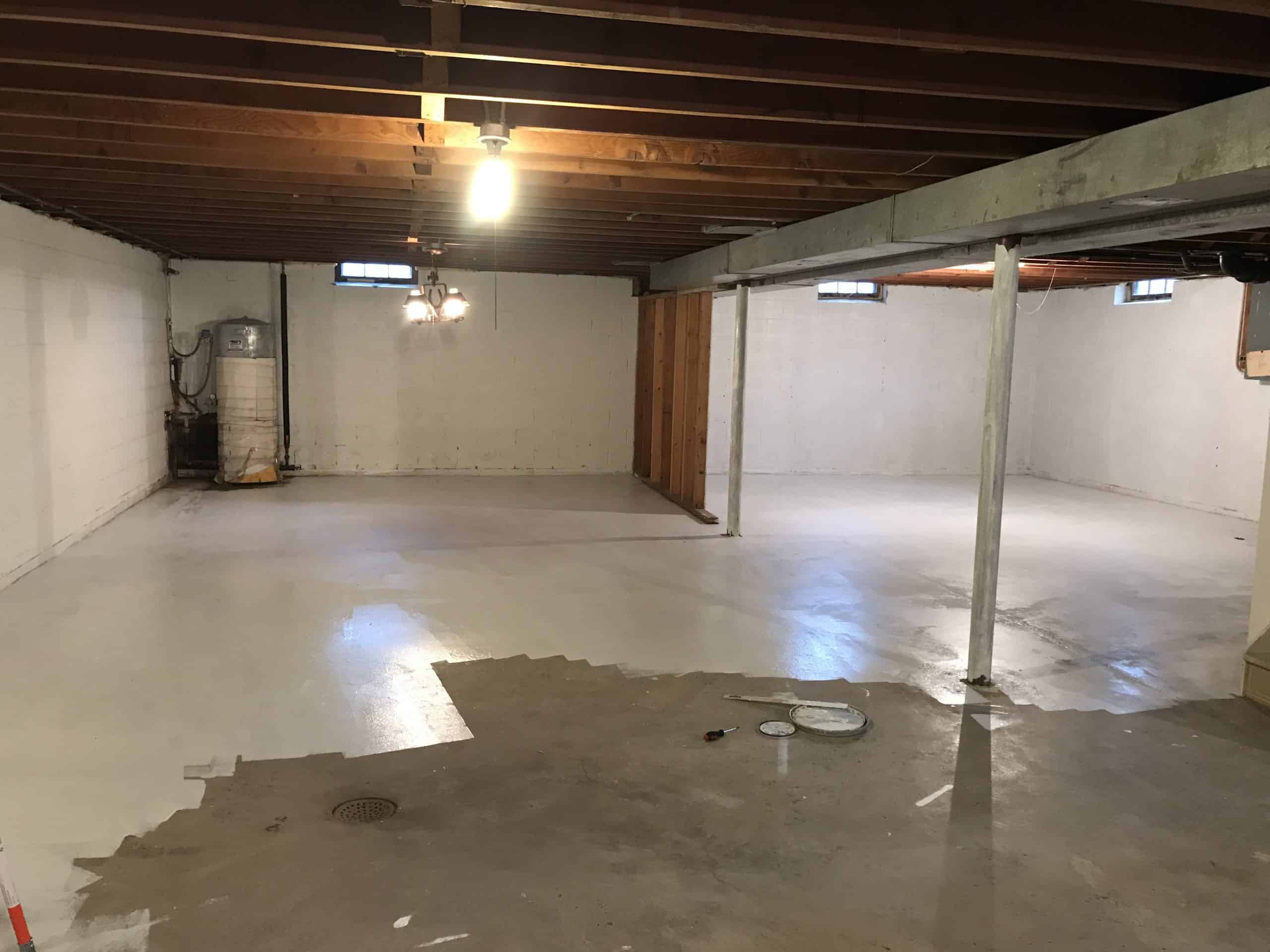

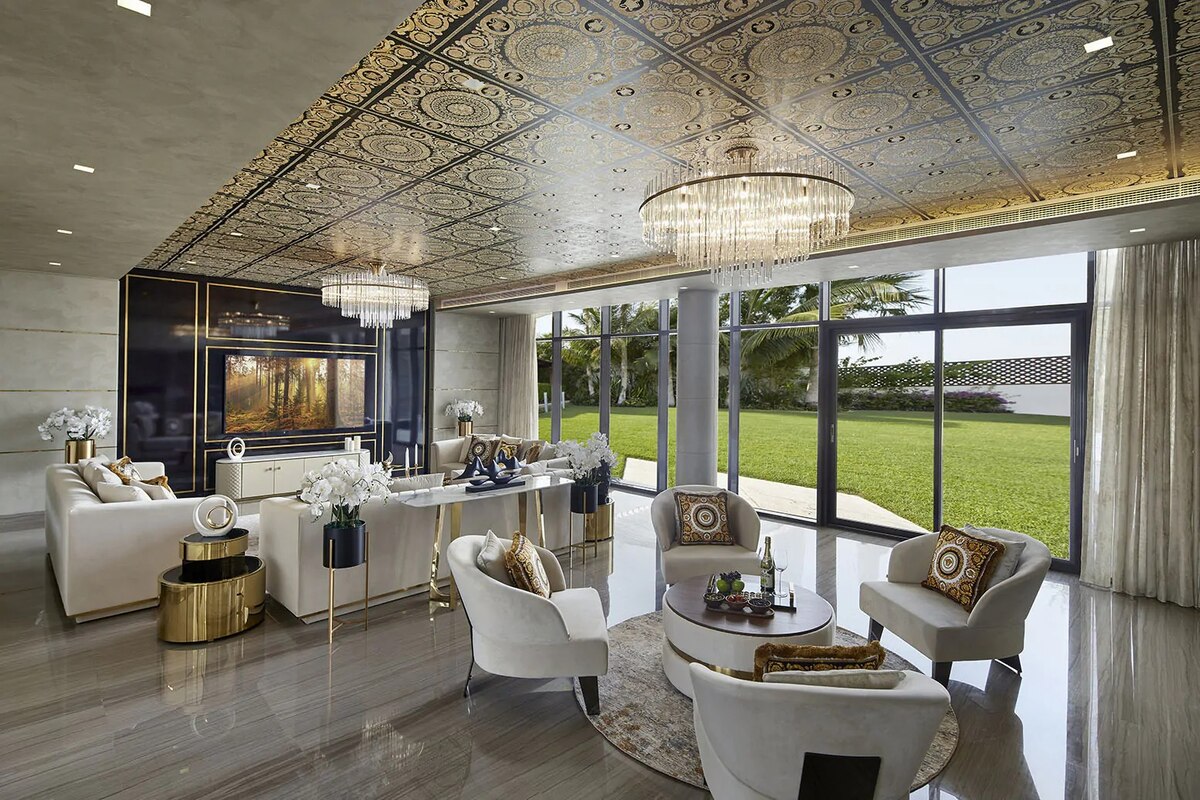
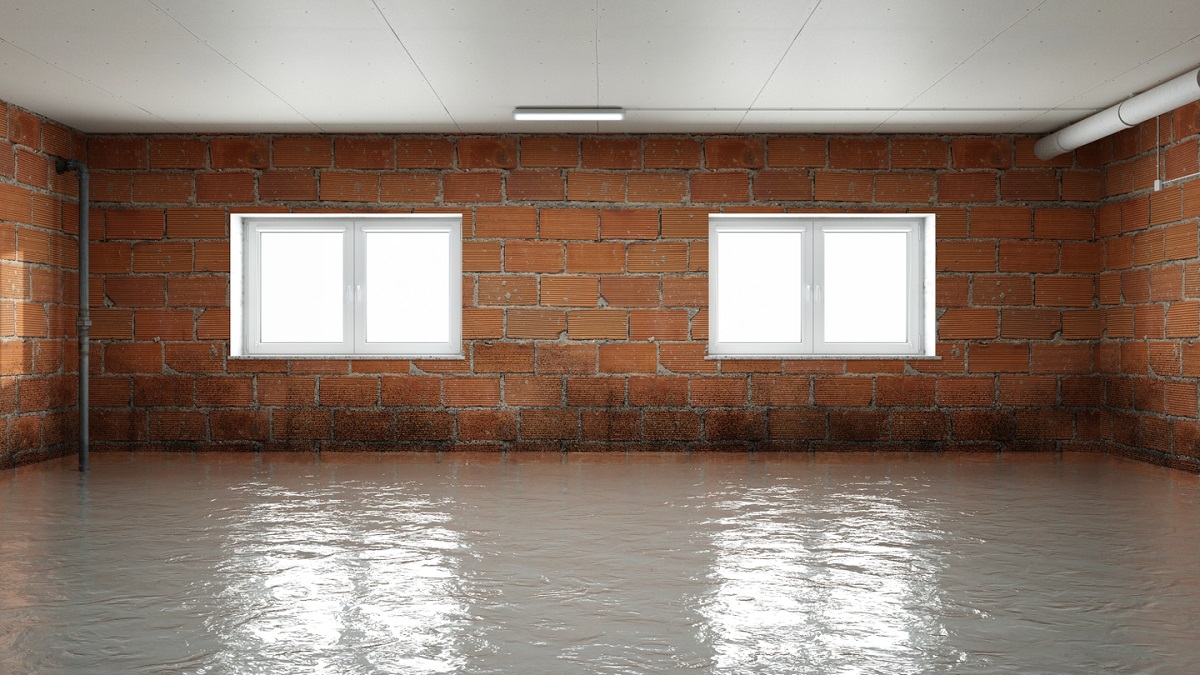
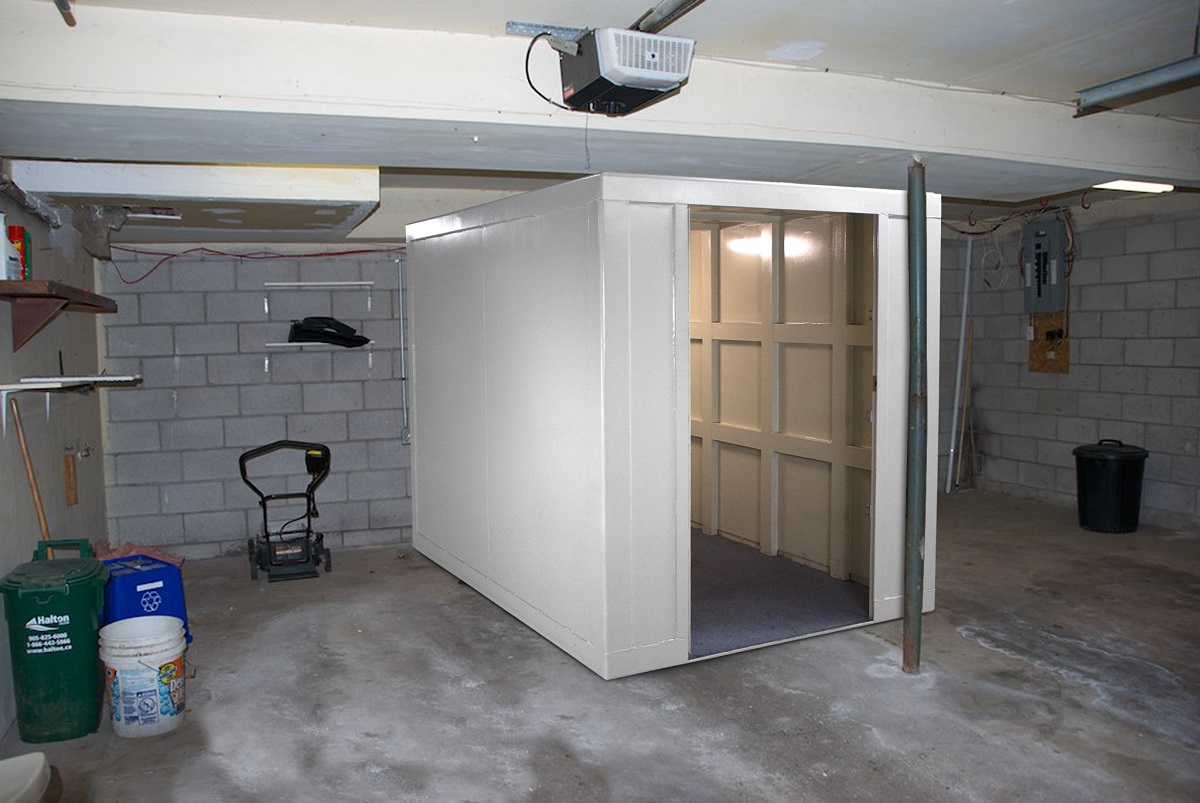
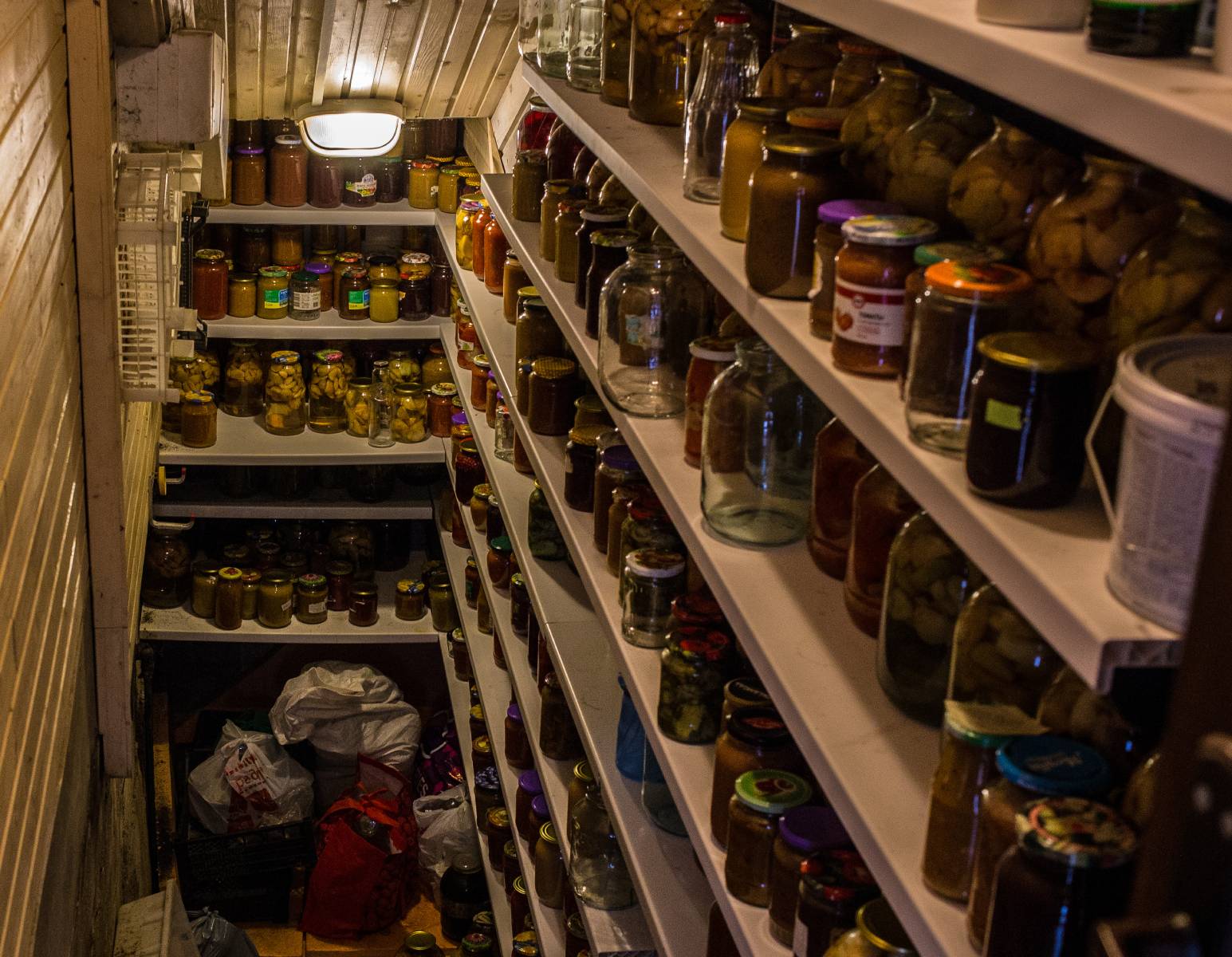
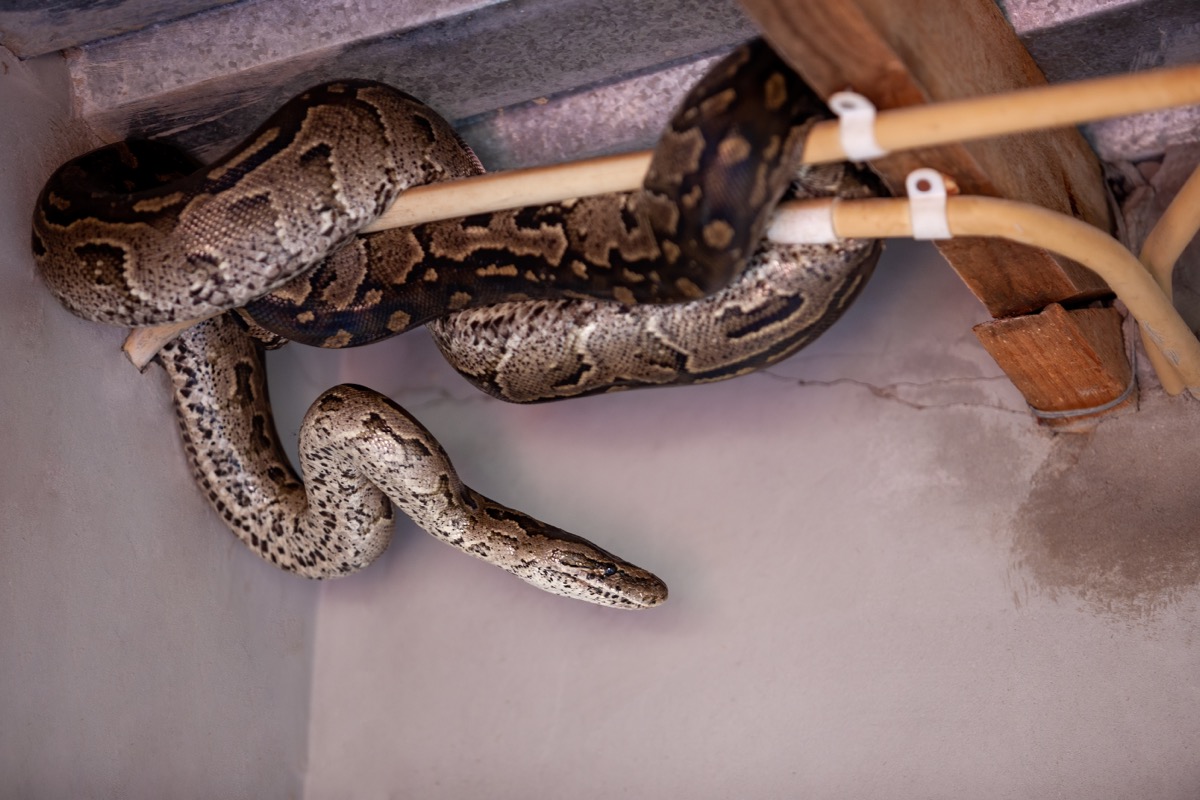
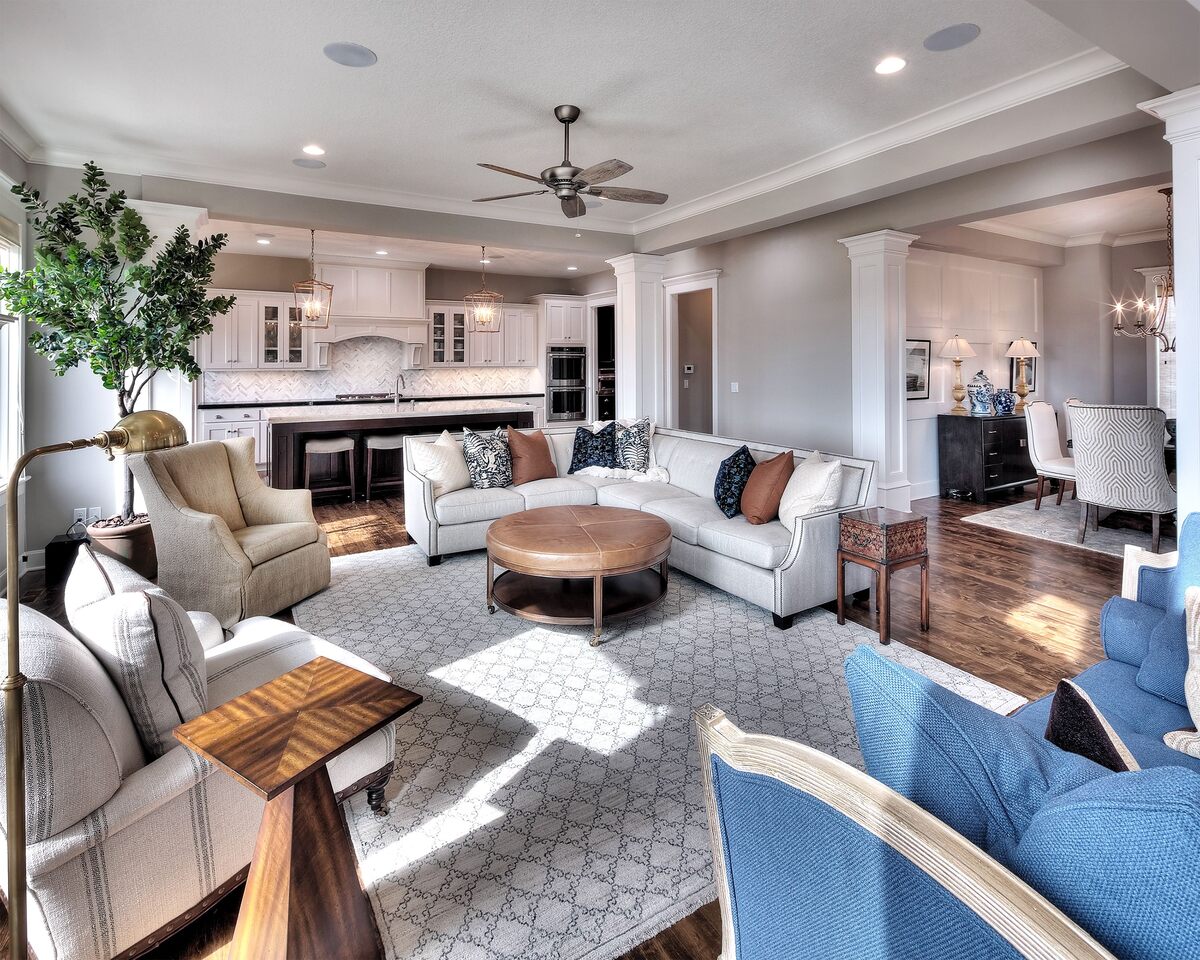
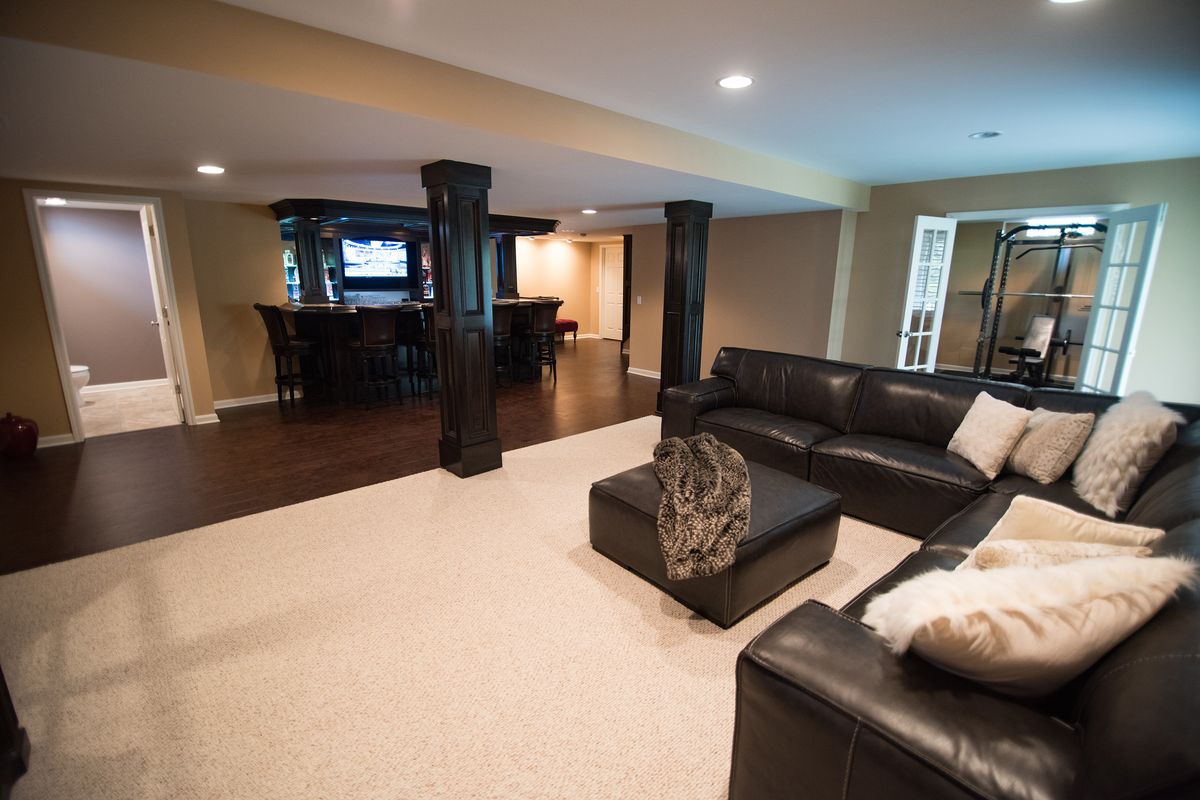
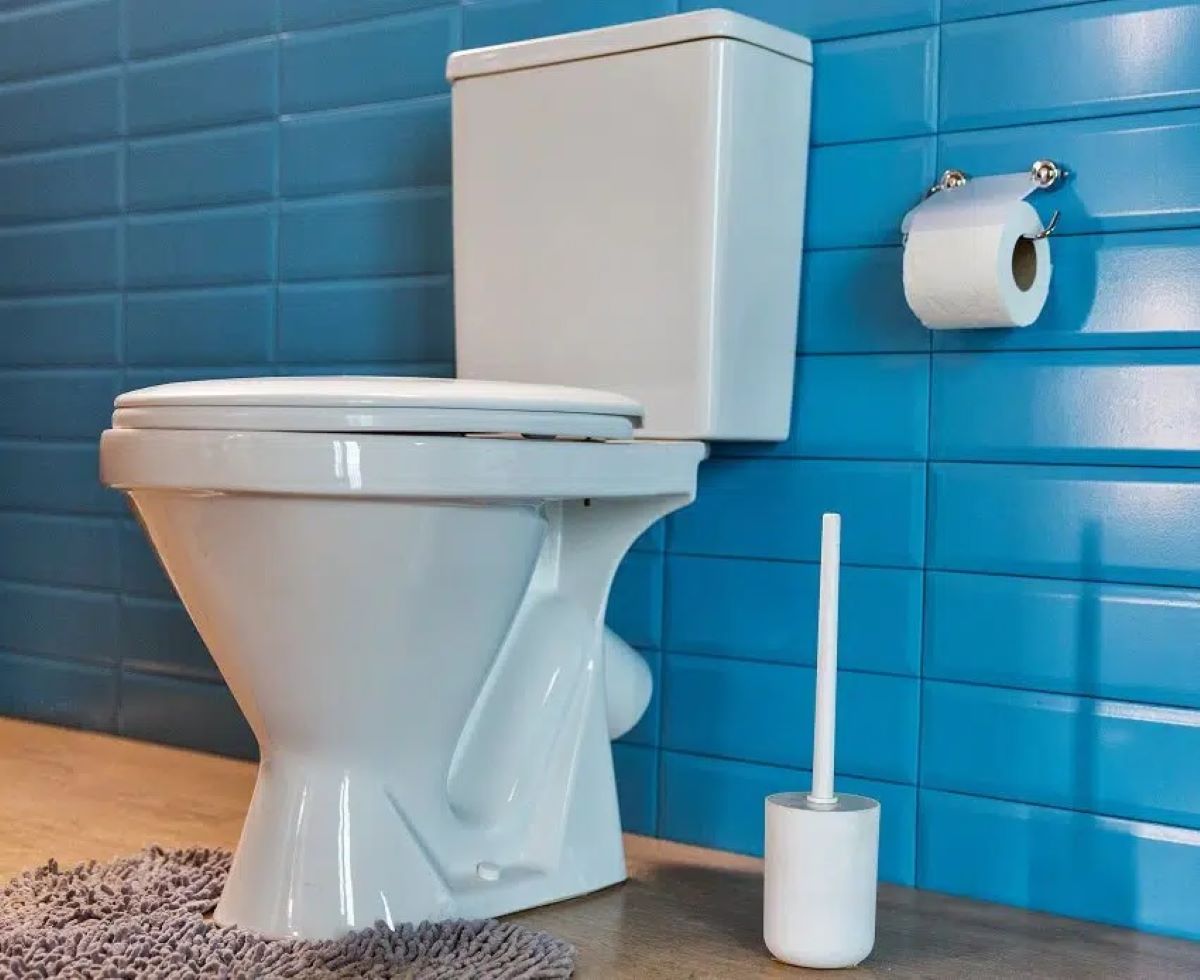

0 thoughts on “How To Decorate Your Basement”